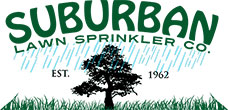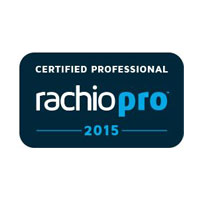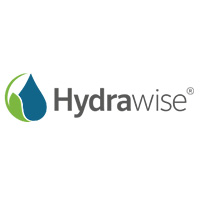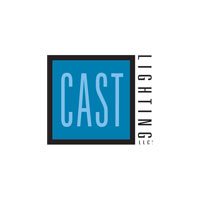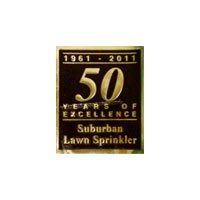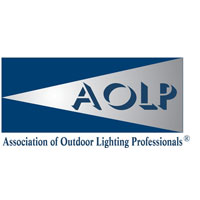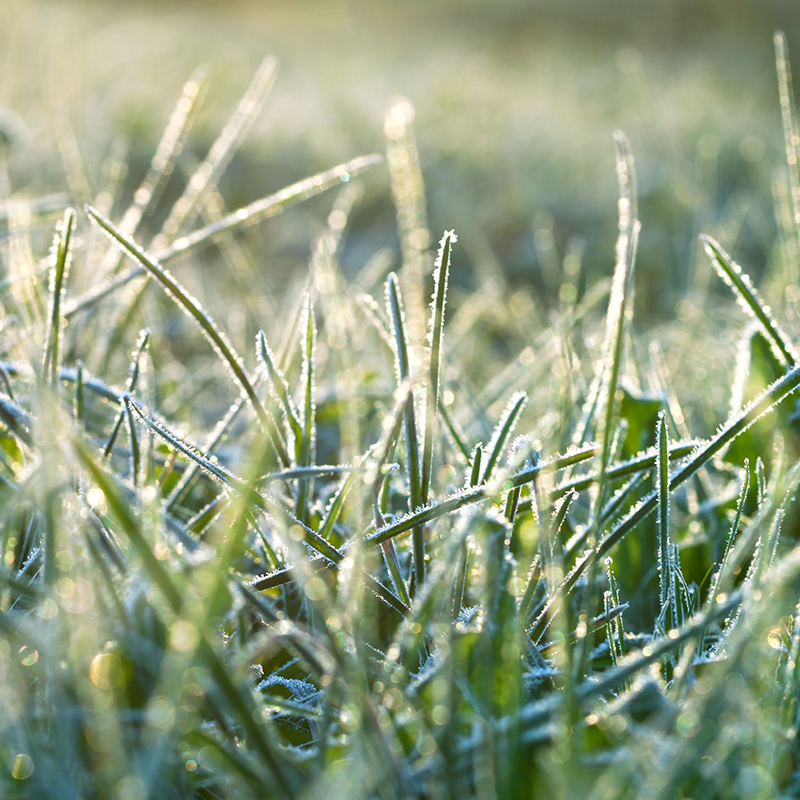
When it comes to creating the perfect outdoor environment in the Northeast, climate and soil matter more than you might think. They determine how long your systems last, how well they perform, and how much maintenance they need throughout the year. The region’s weather patterns are unpredictable, and the soil types can change from one street to the next, which makes it important to design your lighting and irrigation systems with local conditions in mind.
At Suburban Lawn Sprinkler Co., we’ve spent years helping homeowners build beautiful, efficient outdoor systems that can handle the challenges of Northeast weather. Understanding your property’s natural conditions is the first step to keeping your yard looking great all year long.
The Northeast’s Unique Weather Challenges
The Northeast sees a wide range of weather, from humid summers and heavy rain to icy winters and deep freezes. Each season brings different challenges for your landscape systems.
In summer, long days and high humidity can cause soil to dry unevenly, especially if your irrigation system isn’t properly calibrated. Water can evaporate faster than expected, leaving grass and plants thirsty. In winter, freezing temperatures can wreak havoc on irrigation lines and lighting fixtures. Ice expansion inside pipes can cause cracks or leaks, while frost-heave can push fixtures out of place.
Spring and fall are transition seasons that bring their own concerns. Early spring often means saturated soil and unpredictable rain, which can flood lighting fixtures or overload irrigation sensors. In the fall, falling leaves can clog drainage systems and cover sprinklers, reducing their effectiveness.
Because the weather can change so drastically, both lighting and irrigation systems in the Northeast need to be flexible, durable, and designed with the seasons in mind.
How Soil Type Affects Your Systems
Soil is the foundation for both lighting and irrigation, and the type of soil in your yard can make a big difference. Across the Northeast, soil conditions vary widely. You might have dense clay, rocky ground, or loose sandy soil just a few miles apart.
Clay Soil: Clay retains water longer, which can lead to puddles or runoff if your system waters too heavily. Short, frequent watering cycles work better because they allow the soil to absorb moisture gradually. For lighting, clay soil expands and contracts during freeze-thaw cycles, so fixtures should be installed with flexible wiring and stable mounts to prevent movement.
Sandy Soil: Sandy soil drains quickly, meaning it doesn’t hold water for long. Your irrigation system may need longer watering cycles to keep plants hydrated. Drip irrigation is often the best choice for these areas because it delivers water directly to the roots. Lighting fixtures in sandy soil may need deeper bases to keep them stable, especially in windy conditions.
Loamy Soil: Loamy soil is the ideal mix of sand, silt, and clay. It drains well and supports both plant growth and stable fixture placement. Even with loam, though, you still need to consider drainage and temperature changes throughout the year.
The Freeze-Thaw Factor
One of the biggest environmental challenges in the Northeast is the freeze-thaw cycle. As the ground freezes and thaws, it expands and contracts, which can shift or damage your systems. Sprinkler heads may pop up unevenly, and lighting fixtures can tilt or become buried.
To protect your systems, irrigation lines should be buried below the frost line and made from flexible materials that can handle small movements. Lighting fixtures should be made from durable, weather-resistant materials like brass or composite to prevent corrosion. Before winter, irrigation systems should always be blown out by a professional to remove any water left inside the pipes. Lighting fixtures should also be checked for moisture buildup and sealed properly before the first freeze.
Managing Drainage and Moisture
The Northeast is known for heavy rainfall, snowmelt, and spring flooding. Without proper drainage, standing water can cause corrosion, short circuits, or soil erosion around lighting and irrigation components.
A well-designed system takes drainage into account from the start. Installing French drains, dry wells, or graded pathways helps direct excess water away from fixtures and electrical connections. Smart irrigation systems can also use moisture sensors to skip watering cycles when the ground is already wet, preventing waste and protecting your landscape.
Adapting Lighting for Seasonal Changes
The short winter days in the Northeast make outdoor lighting especially important. As the sun sets earlier, good lighting provides safety, visibility, and curb appeal. Low-voltage LED lighting is ideal for this region because it performs well in cold weather, uses less power, and lasts longer.
It’s also a good idea to use photo sensors or smart timers that automatically adjust your lighting schedule as the days grow shorter or longer. Highlighting evergreens, entryways, and pathways helps maintain a welcoming look even when snow covers the ground.
Seasonal Care and Maintenance
Your irrigation and lighting systems need attention throughout the year to handle the changing weather. In spring, check for winter damage and test your systems before the growing season begins. During summer, monitor water pressure and adjust watering schedules to avoid waste. In the fall, prepare for winter by draining irrigation lines, cleaning fixtures, and checking seals.
Routine maintenance not only extends the life of your systems but also prevents small problems from turning into costly repairs.
Working with Local Experts
Building outdoor systems that thrive in the Northeast requires local knowledge and experience. At Suburban Lawn Sprinkler Co., we understand the climate, soil, and weather patterns that affect your property. We design irrigation and lighting systems that stay efficient, durable, and beautiful through every season.
Whether you’re updating your current setup or starting from scratch, our team can help you make smart decisions based on your yard’s unique conditions. With careful planning and professional installation, your landscape will look great all year long, no matter what the weather brings.
Contact Suburban Lawn Sprinkler Co. today at (508) 872-2727 to schedule a consultation and discover how we can design a system that works perfectly for your Northeast home.
